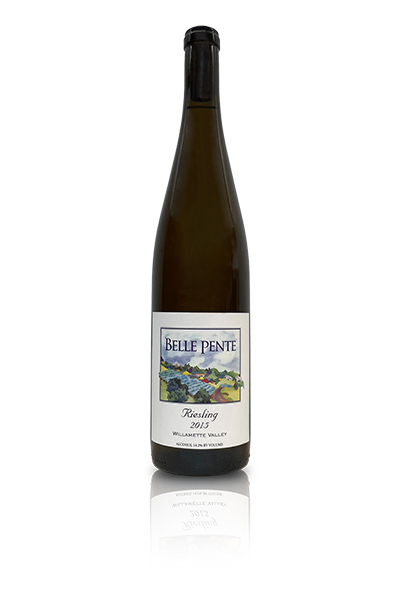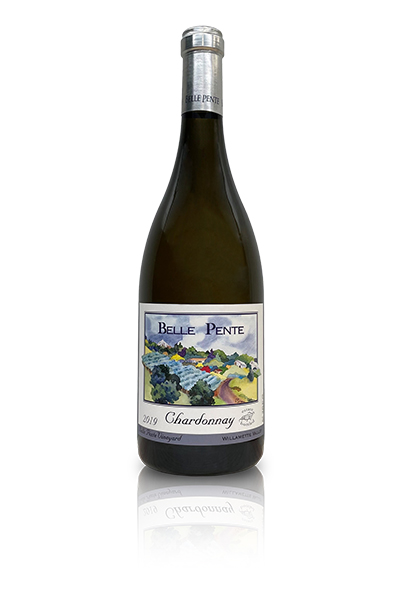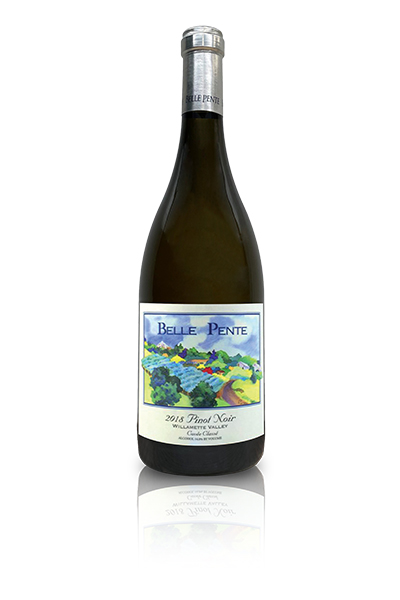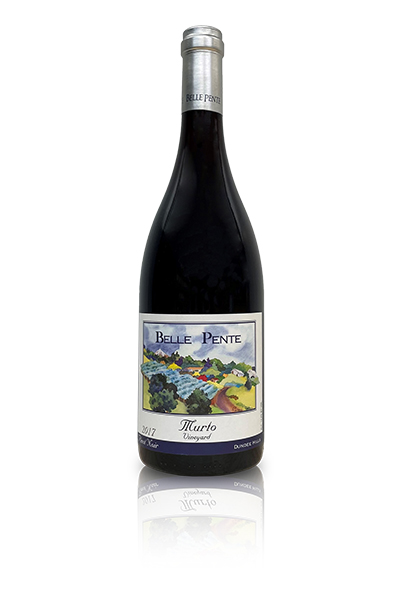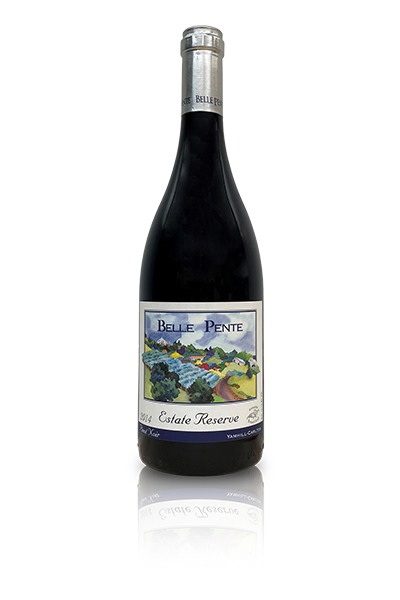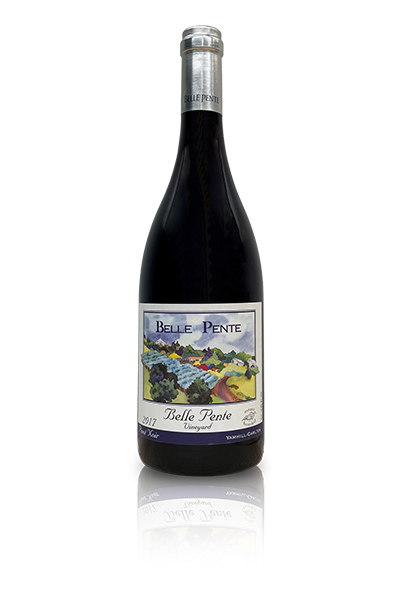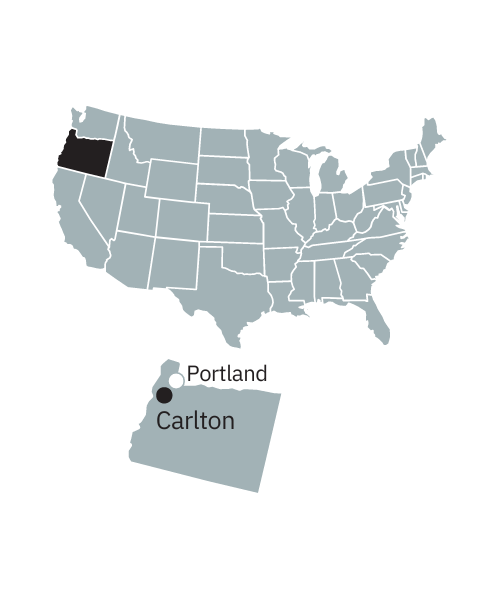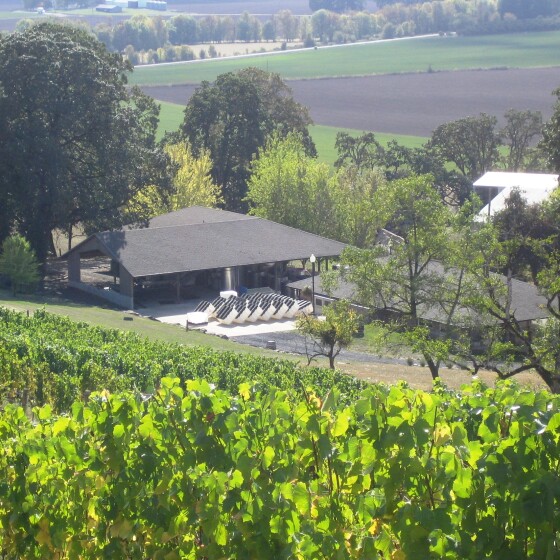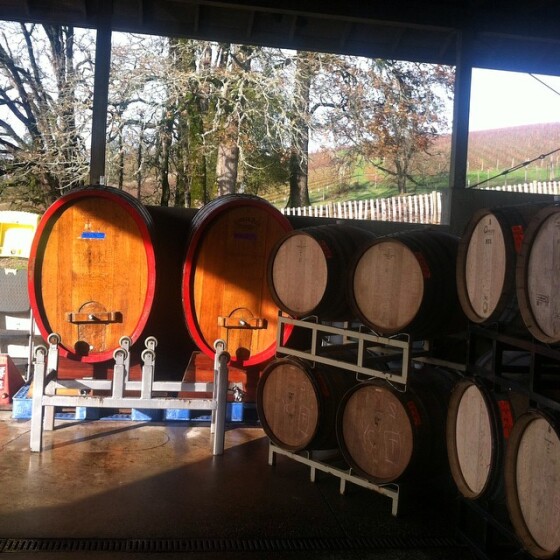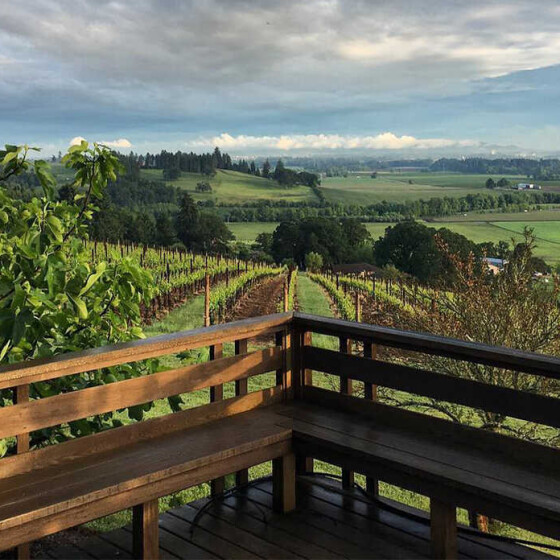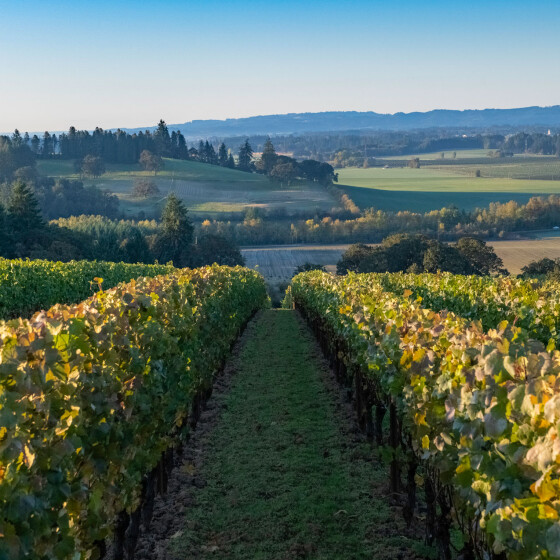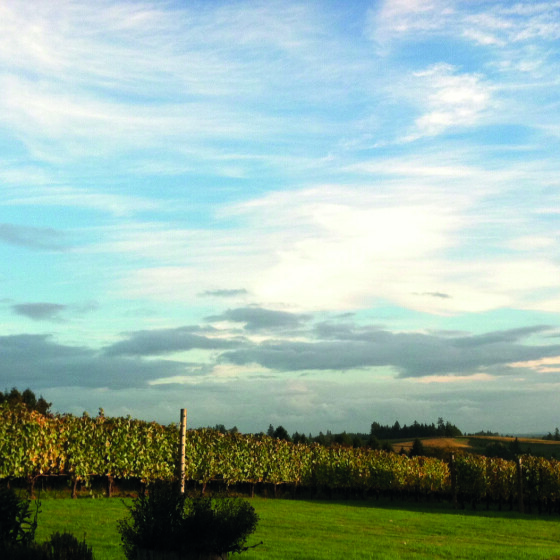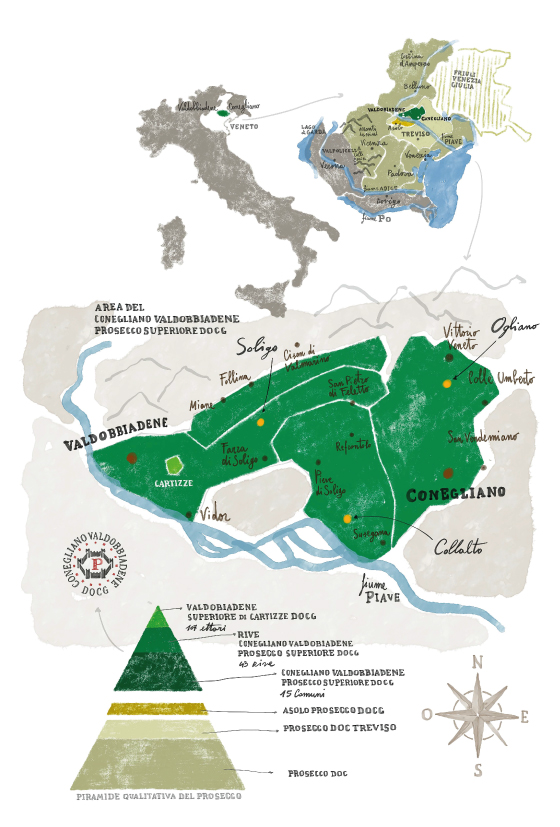
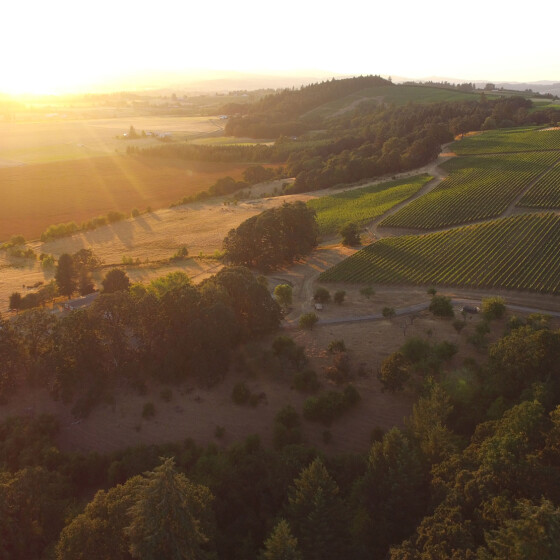
THE COMPANY
Belle Pente was founded in 1994 by Jill and Brian O’Donnell who, after meeting in California, move to the Willamette Valley. Both were award-winning home brewers, although Brian had been making wine for family and friends since 1986. On the night of the Loma Prieta earthquake in 1989, they decided to leave their careers in Silicon Valley to pursue their wine dream. Organic and biodynamic viticulture, vineyards with south, south-east and south-west exposures. Sixteen acres planted on the property, including twelve acres of Pinot Noir and two acres each of Pinot Grigio and Chardonnay, as well as nearly half an acre of Gamay Noir. Bellepente’s shallow soils are recognised for their ability to produce exceptional wines of great power and finesse. In the cellar, the winemaking philosophy reflects the inspiration of “old world” winemaking traditions: great wine is born in the vineyard and is simply respected in the cellar. The grapes are harvested by hand and meticulously selected upon arrival at the cellar. The three-level, gravity-flow facility is designed for gentle, natural vinification in small batches, with minimal manipulation, to preserve varietal integrity and the unique attributes of the time and place where the wines were grown. All this makes Belle Pente one of the finest expressions of Oregon winemaking.
